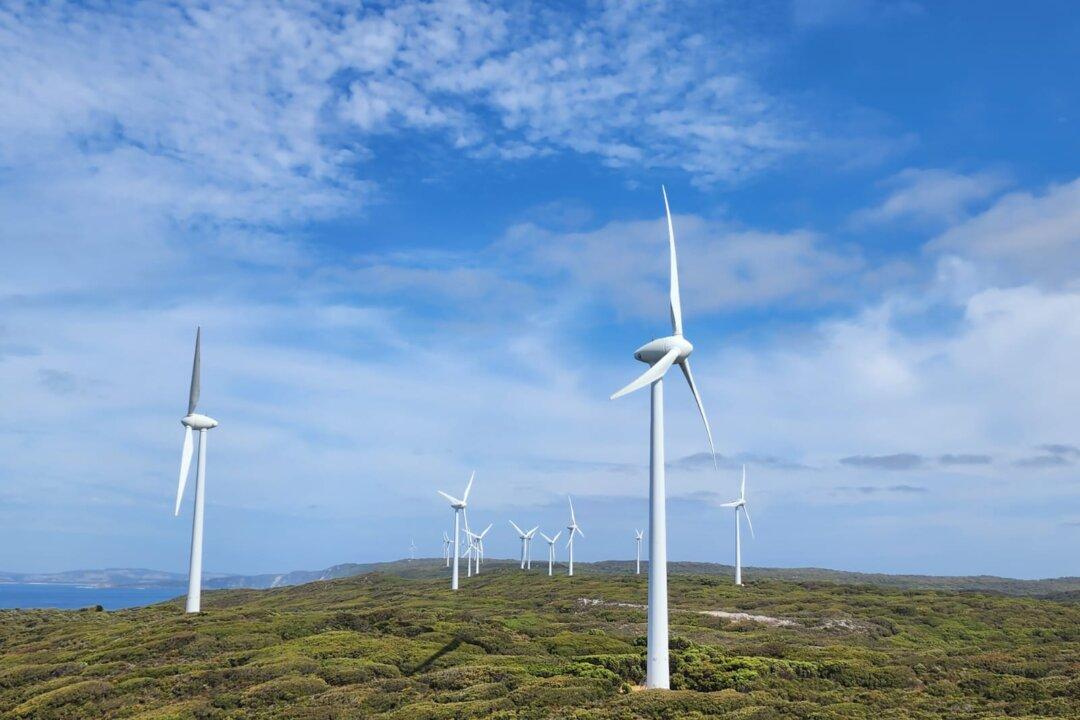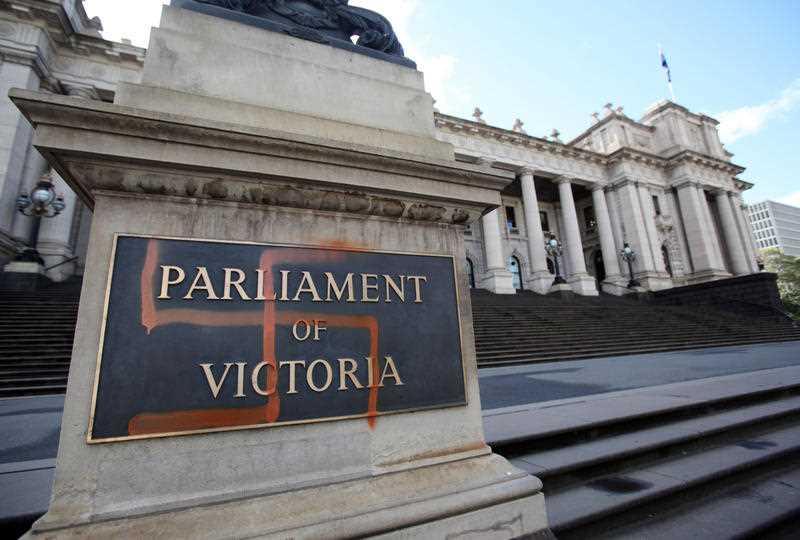More ambitious emissions reduction “could be achievable” if governments, business, investors, and households do more, according to a federal climate body.
The end goal of net zero by 2050 has bipartisan support, although the major political parties remain at loggerheads on how to get there.





